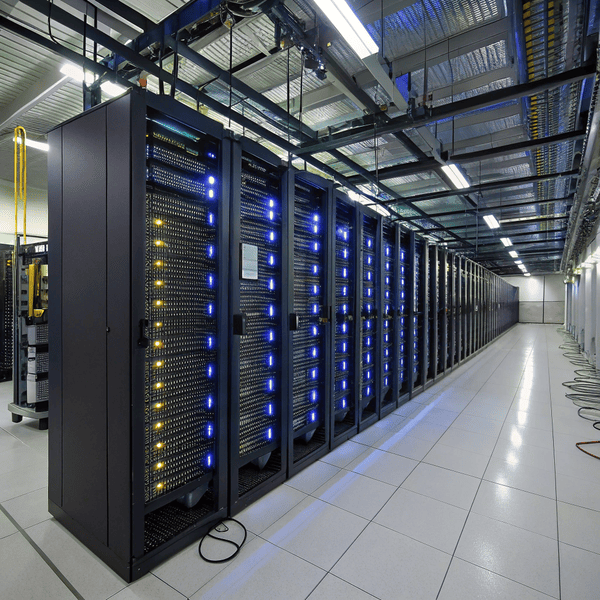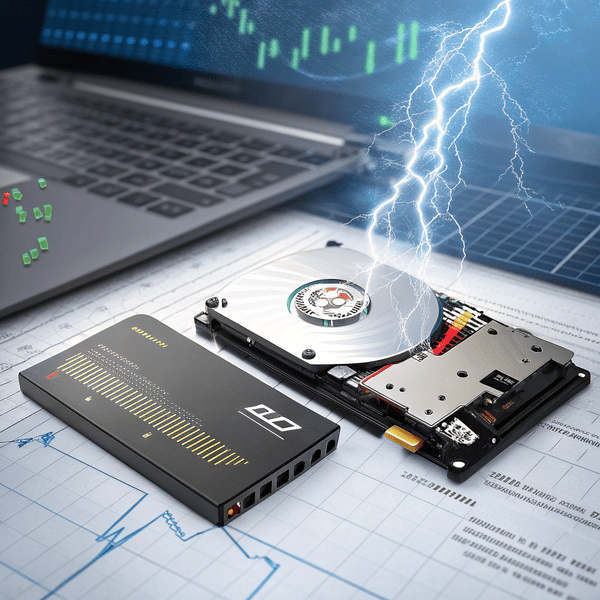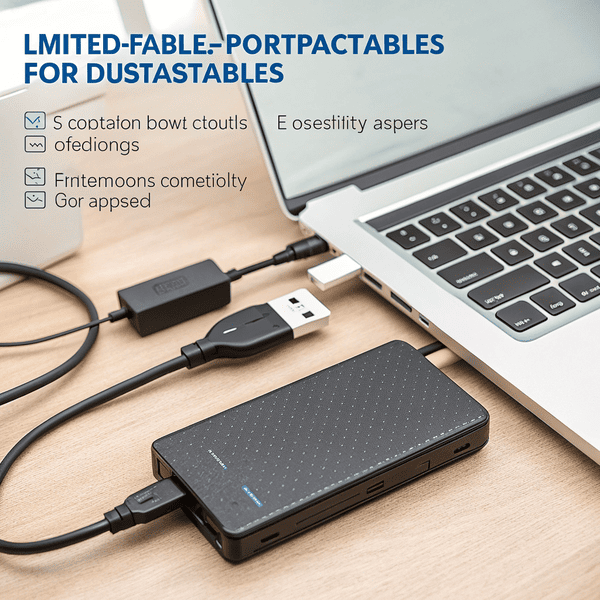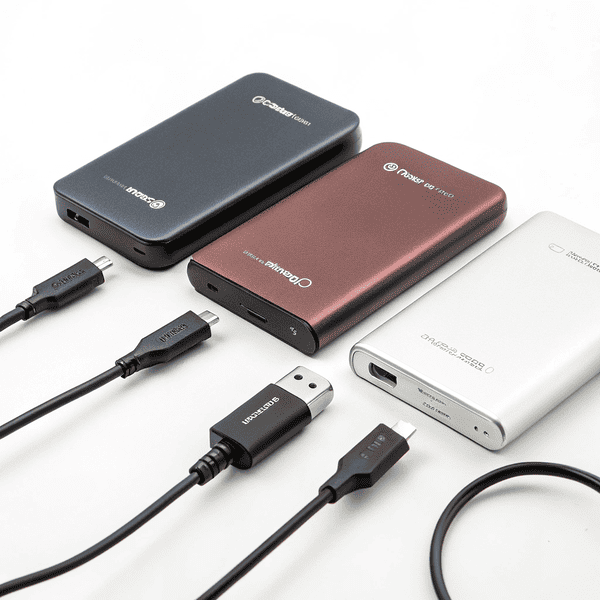We use Google and Facebook daily, but most people never think about where all thatWe use Google and Facebook daily, but most people never think about where all that data and content lives. It’s easy to imagine this all floats in the “cloud[^1]”—but the truth is much more down to earth.
[^1]: Exploring the concept of the cloud will provide insights into data storage solutions and their real-world applications.
lives. It’s easy to imagine this all floats in the “cloud”—but the truth is much more down to earth.
Yes, Google and Facebook use thousands of custom-designed servers in their own massive data centers to power their services and keep data accessible for billions of users worldwide.
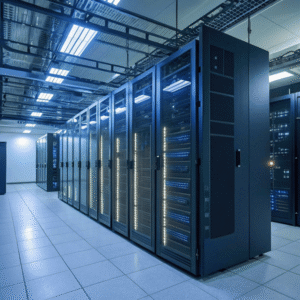
After years working with tech clients, I realized the magic anyone sees on their screen is just the surface. Every photo you upload, every search you run, and every like you give has to pass through a physical server hidden deep in a giant data center somewhere in the world.
Does Google have their own servers?
Google’s global reputation for speed and reliability relies on more than just clever software.
Google designs and operates its own servers—built specifically for efficiency, speed, and security—which are deployed across their worldwide network of data centers.
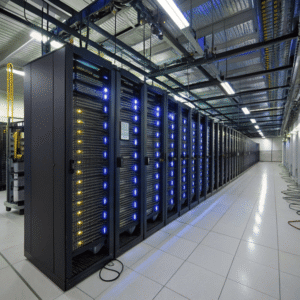
Google does not buy ordinary servers off the shelf. Their hardware teams create Google does not buy ordinary servers off the shelf. Their hardware teams create unique systems that optimize power use[^1], performance, and uptime. Here’s how their approach stands out:
[^1]: Learn about Google's innovative strategies for power optimization, crucial for sustainability and cost-effectiveness.
that optimize power use, performance, and uptime. Here’s how their approach stands out:
| Feature | Google’s Approach | Standard Industry Practice |
|---|---|---|
| Server design | Custom in-house | Vendor off-the-shelf |
| Energy efficiency | Advanced, tailored | Typical OEM specs |
| Security | Hardware-rooted, in-depth | Mixed, often software-based |
| Scalability | Extra flexible, modular | More limited |
| Service integration | Full Google ecosystem | Generic OS/software |
When I toured a local tech facility, they spoke admiringly of Google’s hardware culture. Their ability to squeeze more performance and cost savings from every server is a big reason their search and YouTube sites are so reliable and fast.
Does Facebook use data centers?
Some people think Facebook just runs through the public cloud. That’s not even close to true.
Facebook (Meta) owns and operates its own giant data centers, filled with custom servers and advanced cooling, storing and processing every photo, video, and message.
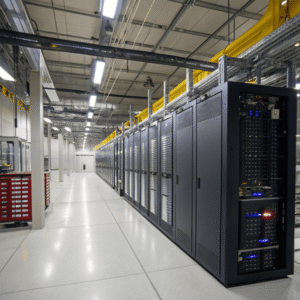
These data centers are some of the biggest on earth, built specifically to handle huge amounts of media and rapid updates. Here’s how These data centers[^1] are some of the biggest on earth, built specifically to handle huge amounts of media and rapid updates. Here’s how Facebook’s centers measure up:
[^1]: Explore this link to discover the biggest data centers globally, their capabilities, and how they support massive media operations.
measure up:
| Data Center Element | Facebook/Meta Approach | Comment |
|---|---|---|
| Building ownership | Meta-owned | Maximum control, security |
| Server hardware | Custom, open-sourced design | Efficiency and collaboration |
| Location strategy | Worldwide, varied climates | Redundancy and performance |
| Sustainability | Renewable power focus | Lower energy and carbon |
| Expansion rate | Rapid, ongoing builds | Adapting to global growth |
A partner told me about making a hardware pitch to Facebook. Their technical requirements were on a whole different level. These are not rented spaces—they’re designed totally around Facebook’s social network scale and unique needs.
Are there servers in data centers?
Many outside the tech industry imagine “data centers” as abstract storage banks. Reality is far more hands-on.
Yes, all data centers are filled with physical servers—specialized computers that store, process, and move digital data so users can access files and services any time.

Here’s how the inside of a data center is set up:
| Component | Description | Purpose |
|---|---|---|
| Servers | Powerful computers in racks | Store/process user data |
| Networking gear | Switches, routers | Connect servers globally |
| Power systems | UPS, backup generators | Keep services online |
| Cooling systems | HVAC, liquid cooling, airflow | Prevent server overheating |
| Security controls | Access management, cameras | Protect from threats |
The first time I saw a data hall, I heard the hum of thousands of servers quietly running all day and night. It makes you see the “cloud” as something very real, made by hands and powered by real machines.
Conclusion
Google and Facebook run their digital empires using thousands of custom servers inside their own high-security data centers. Behind every click or like is a physical machine, not just software.

